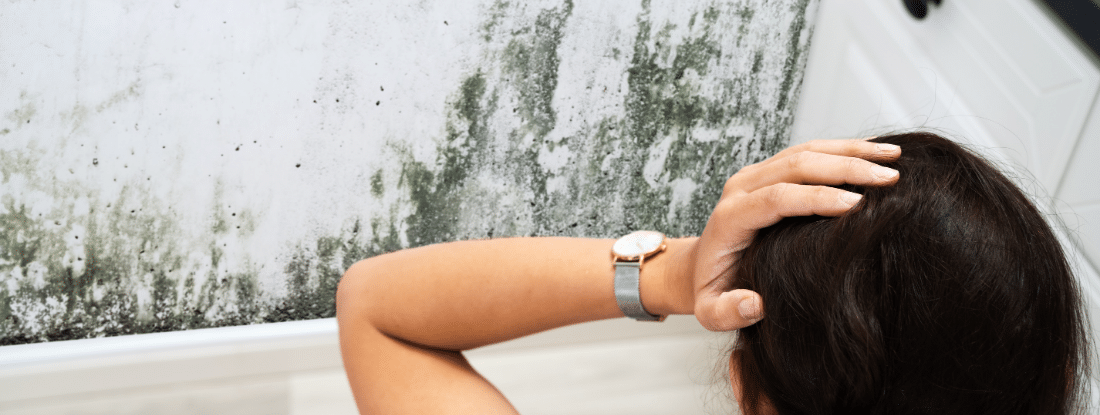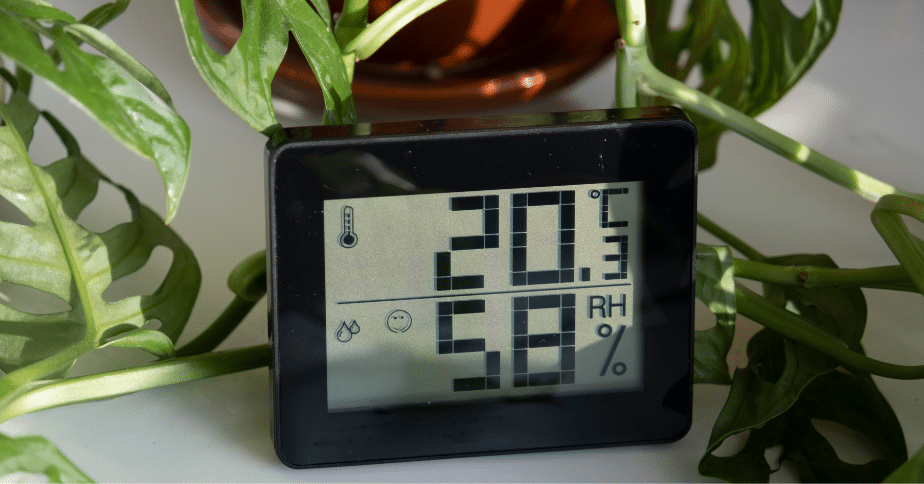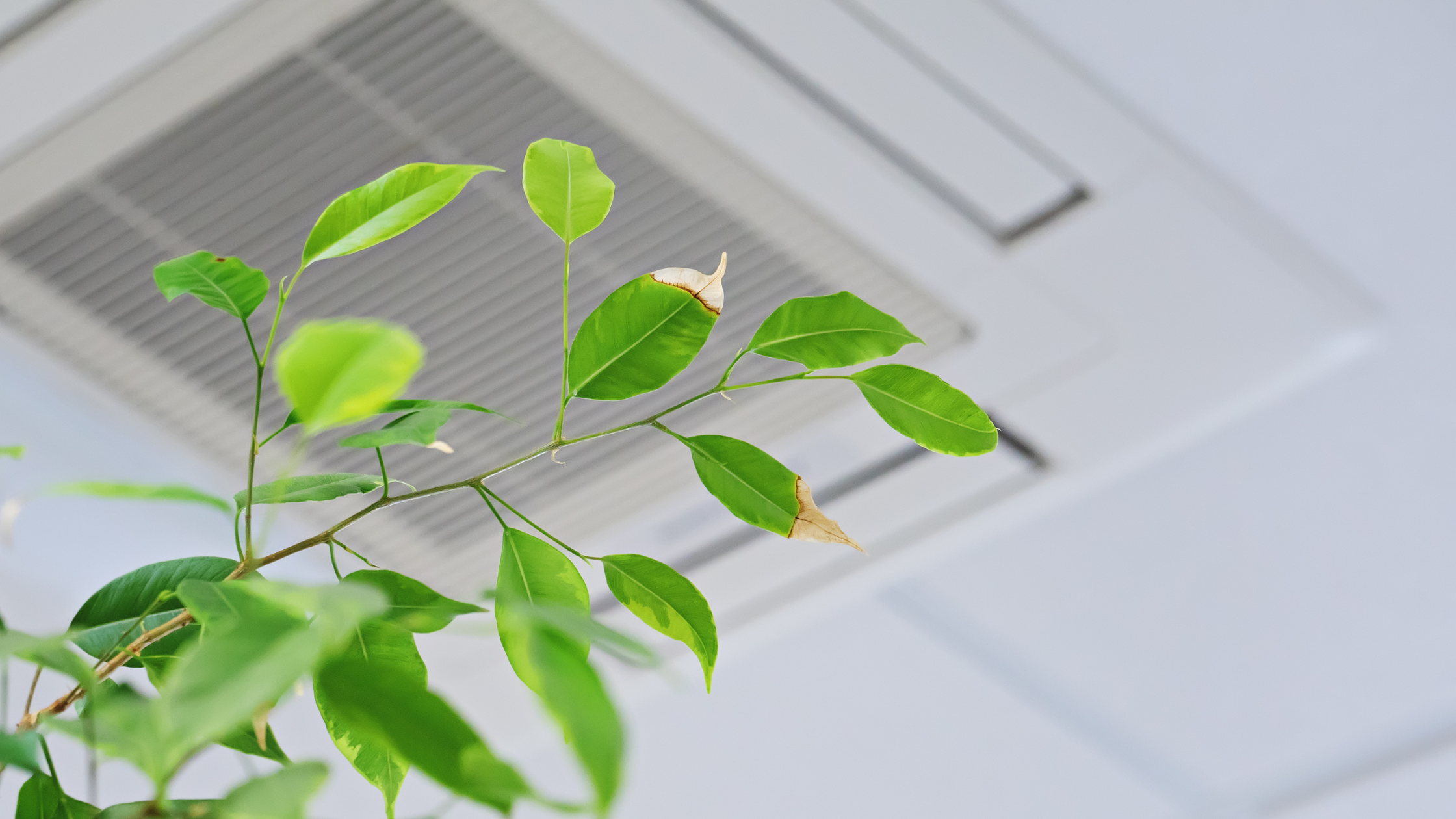When Should You Suspect a Mold Problem?

No one wants to deal with mold growth in their home. Unfortunately, it is a common problem. Many people don’t even realize that they have mold growing in their home until it causes serious structural damage or health problems. To keep your home comfortable and healthy, learn when you should suspect a mold problem and where to look for it.
Common Places to Find Mold
Mold is most often found in poorly ventilated areas of the home, especially areas that see a lot of moisture (such as the bathroom). Following are a few common “hot spots” you should periodically check for mold growth.
- Shower/Bathtub
- In and Under Sinks
- Edges of Tile Floors
- Attic Corners
- Laundry Room
- Around Doors and Windows
- Basement Corners
- Closets Near Pipes
- Air Ducts
- Carpet
- Garage
Less common hiding spots for mold include household plants, upholstery, mattresses, and the microwave. One of the best ways to combat mold growth is simply to clean and ventilate your home often.
7 Warning Signs that You Have Mold
In addition to checking the hot spots, nature has provided several warning signs that can indicate to you that there is a mold problem somewhere in your home. Schedule a mold inspection if you notice one or more of the following signs.
1. Musty Odor
If you walk into your home and smell mildew, don’t write it off as random. Chances are high that mold has penetrated a distant corner of your home and has grown enough to produce a musty odor. If you check your basement, bathroom, and attic and don’t notice anything, give your carpet a thorough look. Moisture often becomes trapped in carpet pile and slowly grows mold that is hidden to the eye.
2. Chronic Respiratory Issues
Another common sign of mold growth is an increase in allergies, asthma flare-ups, or basic respiratory infections. Ingesting mold spores on a daily basis is hard on the lungs, and your respiratory system will typically show its displeasure. Indoor air quality plays a huge role in your health, so stay on guard against mold and other airborne pollutants.
3. Water Stains
Yellow stains on ceilings and walls are a dead giveaway that there is moisture damage. And generally speaking, moisture damage means mold growth. Ceilings underneath upstairs bathrooms often develop these yellow spots. If you notice one beginning to form, call a professional to inspect for leaks and subsequent mold damage.
4. Gray or Black Spotting
Maybe you have noticed dark spots forming on the grout in your shower or in the grooves of your tile floor. Chances are high it isn’t just dirt. Black mold is extremely common in bathrooms, so take special care to clean your shower regularly.
5. History of Moisture Damage
If you are located in an area prone to storms or flooding, your home may have gradually developed a mold problem over time. Perform a home inspection after every storm or heavy rainfall to ensure no moisture has gotten in.
6. Bubbling Drywall
Finally, if you notice raised pockets forming underneath wallpaper, drywall, or your ceiling, inspect for water damage immediately. Moisture or mold work their way behind walls and ceilings and then grow quickly.
How Can Air Quality Assessors Help?
Mold, dust, and other pollutants lower your indoor air quality and weaken your immune system. If you notice that you have a problem with mold or mildew in your home, it is best to enlist the help of a professional. Contact AQA if you have any questions or concerns about mold in your home or business. With their combination of experience and knowledge, you can be assured that everything will be handled properly.



